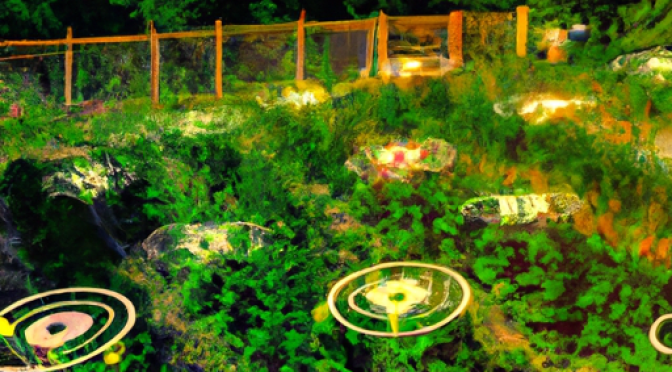How can AI-driven drones assist in monitoring and maintaining large community gardens?
Community gardens play a vital role in promoting sustainable living and fostering a sense of community. However, monitoring and maintaining these gardens can be a challenging task, especially when they span over large areas. This is where AI-driven drones come into play, revolutionizing the way we manage and care for community gardens.
The Role of AI in Garden Monitoring
Artificial Intelligence (AI) technology enables drones to autonomously monitor community gardens, providing valuable insights and assistance to gardeners. Through advanced computer vision algorithms, these drones can identify and analyze various aspects of the garden, such as plant health, pest infestations, and irrigation needs.
By utilizing computer vision algorithms, AI-driven drones can detect signs of plant diseases or nutrient deficiencies at an early stage. This early detection allows gardeners to take prompt action, preventing the spread of diseases and ensuring the overall health of the garden.
Furthermore, AI-powered drones can identify and track pests that may harm the garden. Equipped with object recognition capabilities, these drones can differentiate between beneficial insects and harmful pests, enabling targeted pest control measures. This not only reduces the use of harmful pesticides but also promotes a more environmentally friendly approach to garden maintenance.
Efficient Garden Maintenance
In addition to monitoring, AI-driven drones can assist in the maintenance of large community gardens. By leveraging machine learning algorithms, these drones can learn and adapt to the specific needs of each garden, optimizing tasks such as watering, fertilizing, and weed control.
Using sensor technology, AI drones can measure soil moisture levels and determine the optimal watering schedule for different areas of the garden. This ensures that plants receive adequate hydration while minimizing water waste. Similarly, drones equipped with precision spraying systems can accurately apply fertilizers or herbicides only where needed, reducing chemical usage and potential harm to the environment.
Enhanced Data Collection and Analysis
AI-driven drones not only provide real-time monitoring and maintenance but also generate valuable data for further analysis. By capturing high-resolution aerial images and utilizing geospatial analysis, these drones can create detailed maps of the garden, highlighting areas that require attention or improvement.
Moreover, the data collected by AI drones can be integrated with data analytics platforms, allowing gardeners to gain insights into long-term trends, optimize resource allocation, and make informed decisions regarding garden management.
In conclusion, AI-driven drones offer immense potential in monitoring and maintaining large community gardens. By harnessing the power of AI, these drones can provide valuable assistance to gardeners, ensuring the health and productivity of the garden while promoting sustainable practices. With ongoing advancements in AI technology, the future of community garden management looks promising.

